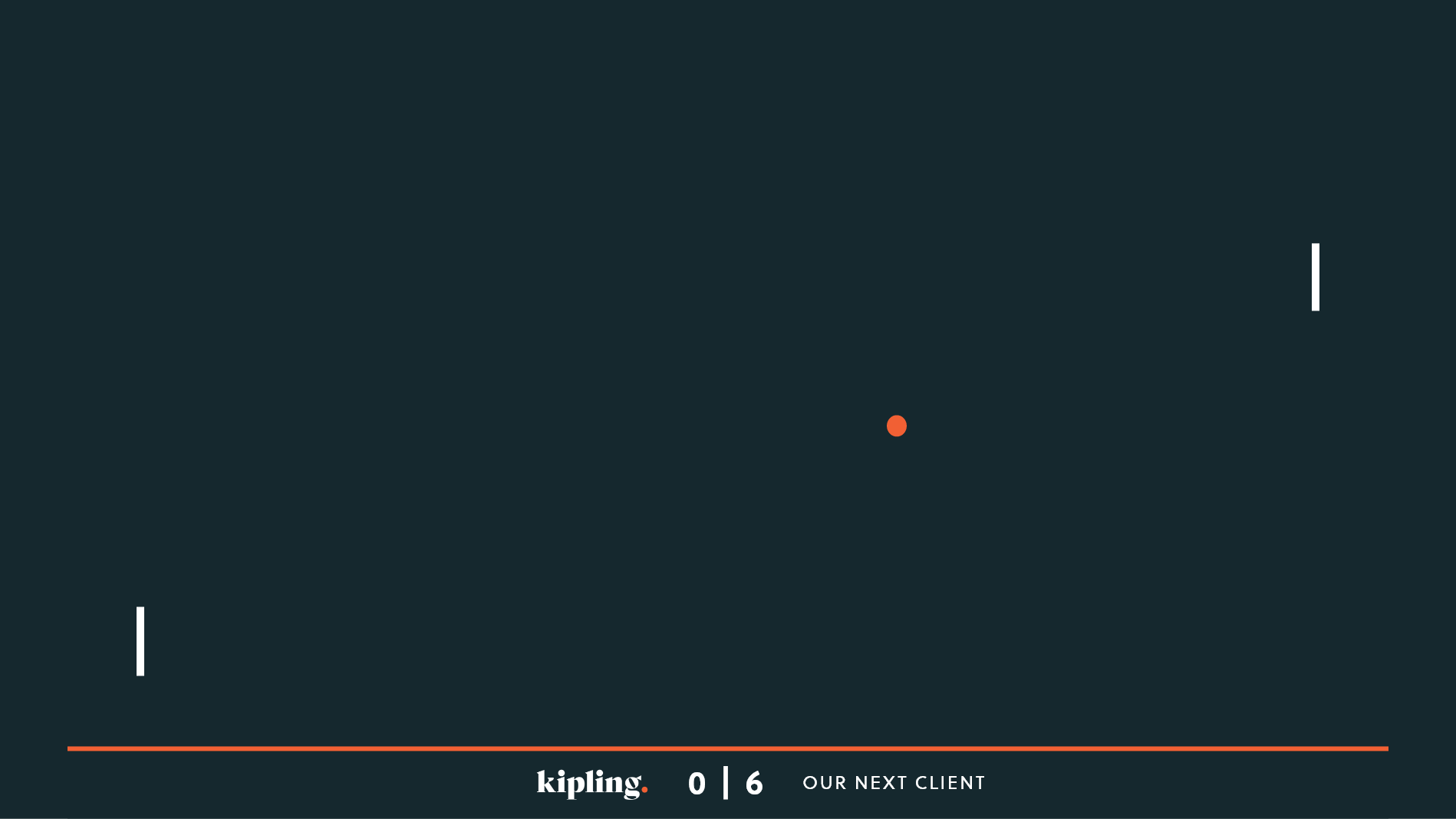Digital Marketing On YouTube
Youtubers don’t need a broadcast license or to worry about angering advertisements, at least not in the way television stations do. Broadcast rules prohibit stations from broadcasting false information; however, content creators can say almost anything they want regardless of whether it’s factual or not. Anyone can pick up a cellphone camera and start spouting their opinion.
The more outrageous somebody is, the more it gets clicked. Youtube is a popularity contest with the most money going to whoever gets viewed the most, regardless of the quality of the content.
Until recently Youtube has decided to err on the side of free expression which means a lot of hate groups can profit from saying sensational things and gain ad revenue from it.
Traditionally, advertisers would see a controversial personality and would pull their advertisements. But in the brave new world of online advertising, Youtube manages the relationship between advertisers and content creators. This means that content creators don’t talk to the advertisers and vice versa. With millions of hours of Youtube footage on the internet, most brands didn’t know where exactly their ads would show up. And with so much content, it’s impossible to stay on top of it all.
Google changing its philosophy on YouTube marketing
Youtube’s attitude was whatever gets the most clicks and the most money is what they’ll throw advertisements at, regardless of the actual content at the cheapest possible price. To do this their ad placement is done using a complex algorithm. Because Google guards its algorithms as tight as gold at Fort Knox, it’s not always clear if an ad is shown to a particular person because of browsing history, interests, or demographic data. There is no human failsafe to ensure appropriate content goes with appropriate advertising.
Youtube is also designed to show you more of the same content that you just watched. You don’t get an alternative opinion unless you seek it out. If you watch a video on white supremacy the next video might be about a conspiracy theory against immigrants.
Youtube has a difficult job of balancing making money through an advertisement while ensuring the content created on its platform doesn’t constitute hate speech. They have to juggle freedom of speech and freedom of expression but still keep their Youtube personalities in check.
Many large brands such as Starbucks, AT &T were shocked to find their advertisements next to some extremist videos such as an Egyptian cleric who was banned from the US because of extremism and Hanif Queshi whose preaching were said to be the inspiration behind murdering a Pakistani politician.
Many of these brands pulled their advertisement causing Youtube to lose billions of dollars. Google publically apologized and pledged to give brands more control over where their ads appear.
This problem isn’t likely to go away anytime soon. It is a good example of why Google (or any other company) can’t fully automate advertisement, at least not yet. There is still a very human, very emotional component to marketing that sometimes gets lost online. Since these marketing messages are directed at people, people need to be behind the decision-making process of how and where these ads are placed.






Comments